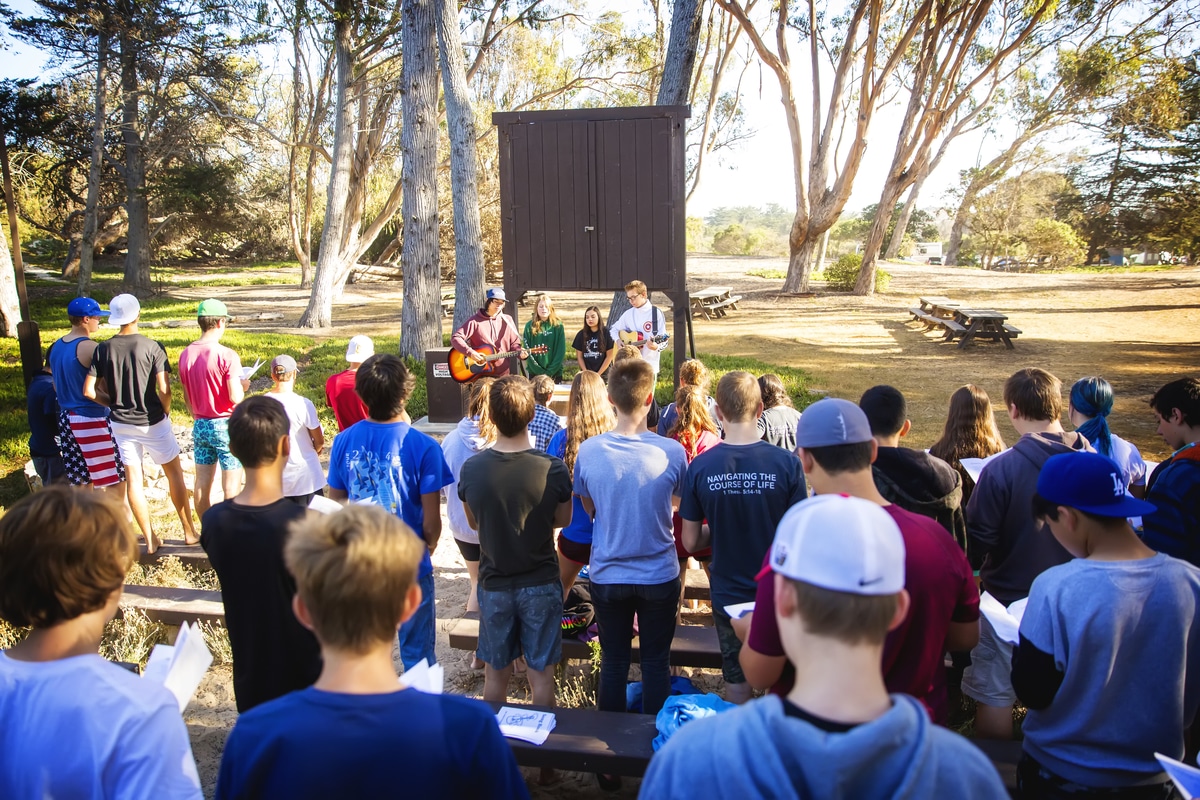Camps urged to strengthen safety after new regulations
The Texas legislature recently enacted new laws to improve summer camp safety—a move that should encourage churches and church-related organizations to also reflect on their own safety practices.
Camps can help prevent future disasters by focusing on areas for camp safety improvement, including emergency planning, staff training and communication protocols.
Emergency Planning
One of the most vital aspects of creating a safe camp atmosphere is preparing for scenarios that an organization hopes never actually happen. Emergency planning is necessary, and should include:
- Connecting with local emergency responders – Camp leaders should know the first responders who will likely be assisting them in an emergency. Likewise, local fire and police departments should have maps of the camp property and information about its main contacts, as well.
- Conducting location-specific risk assessments – These assessments identify hazards that could affect the camp, including (but not limited to) flooding, fire, infectious diseases, utility failure and severe heat or cold.
- Creating mitigation strategies for medium- to high-risk scenarios – If a camp is in a flood plain, for example, there should be a detailed plan for keeping people safe in a high-rain situation.
- Establishing a communication strategy – In an emergency situation, camp leaders will need to notify parents as well as emergency responders. They should consider using the off-season as an opportunity to draft communications in advance.
- Organizing drills – These drills would use simulations and role-playing to prepare everyone in the camp for the unexpected.
- Defining roles and responsibilities – Every staff member should know the role they would play in an emergency.
- Planning for evacuation – Such plans should detail safe routes, transportation logistics, rallying points and accountability systems for staff and campers.
Staff Training
While emergency planning is important, it should by no means be restricted only to the camp’s leaders. By the time camp begins, staff should feel fully equipped to handle a number of different situations. Some of the most important aspects of staff training include:
- Pre-season orientation – The length of this orientation can vary depending on the camp, but it usually runs from two to six days. It should begin with the camp’s mission, vision and values, providing a cohesive framework that enables staff members to align their mindset with the camp’s goals.
- Health and safety training/refreshers – All staff members should be certified in first aid and CPR. If they aren’t, the camp should offer classes. Additionally, they need training in child protection policies and emergency preparedness.
- Ongoing micro-trainings and simulations – Staff training shouldn’t stop at the beginning of the summer. A camp that is focused on safety will offer micro-trainings throughout the season.
- Peer mentoring and feedback loops – It’s imperative for a camp to create a culture in which staff members feel comfortable offering feedback. One way to accomplish this is matching experienced staffers with those who are new to the camp, giving them a safe space to offer feedback.
- Differentiated training for new and returning staff – Returning staff members need different types of training from those who are brand-new. Smart camps recognize this and plan accordingly.
Communication Protocols
Clear communication is at the heart of preparing for and responding to emergencies. Camps should:
- Conduct daily safety briefings among staff – If there is a potential threat, staff should know about it. Daily briefings keep everyone on the same page.
- Put incident reporting systems into place – Staff should be empowered to “see something, say something” and enforce safety protocols.
- Create visual reminders and signage – It’s much easier for both campers and staff members to follow safety guidelines when they see reminders throughout the camp.
- Provide parent updates and acknowledgement forms – There’s no such thing as too much communication with parents. When there is any sort of safety issue, they should be kept informed.
- Coordinate with local EMS and law enforcement – Emergency services can more easily work with camps when they keep the lines of communication open.
- Report any losses immediately to their insurance provider – The sooner a loss is reported, the quicker an insurance company can provide the needed assistance.
More than anything else, camps need to work on creating a culture where safety matters. If they do, it will show through in all their efforts, and they can create safeguards against the worst-case scenarios.
Tracy Schmeltzer is assistant vice president of camps for Church Mutual Insurance Company, www.churchmutual.com.





